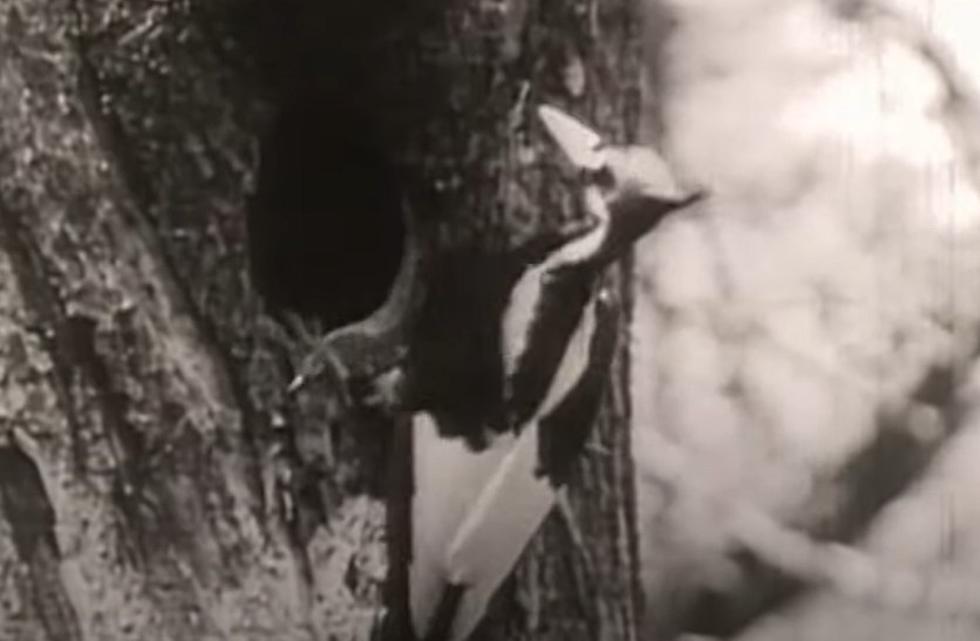
Bird Thought Extinct 80 Years Just Photographed In Louisiana
Here in Louisiana, lots of people have seen, or heard, what we call the "Red Headed Woodpecker" or what are officially called the "Pileated Woodpecker".
We certainly have no shortage of these. However, a close cousin of this pileated woodpecker is the Ivory Billed Woodpecker and in all likelihood, you have never seen one. In fact, you probably don't even know anyone who has ever seen one of the birds that once flourished in southern swamps from Louisiana to Florida.
In 1967, the Fish and Wildlife Service listed the bird as endangered and back in 2021, the bird was about to be declared extinct, but according to an article from pennlive.com,
The U.S. Fish and Wildlife Service suggested declaring the bird extinct in September of 2021, but the group from the National Aviary has told them to pump the brakes on that.
Once known as "The Lord God Bird", as that was the typical reaction most would utter at just seeing the rather large tree dweller.
Phys.org says,
Ivory-billed woodpeckers once inhabited forests from Florida to North Carolina and southern Illinois, with a subspecies in the mountains of Cuba. But after the Civil War, the booming lumber industry chewed away at the southeast's woodlands and carved a once-sprawling habitat into disconnected tracts.
In an article from nola.com, we learn that the last official sighting of this beautiful creature was in 1944, nearly eighty years ago. That sighting took place right here in Louisiana; in the Northeast corner of the state in Madison Parish on a tract of land which was owned by the Singer Sewing Machine Company.
Texas Parks and Wildlife did a documentary on the bird a couple of years ago called "Chasing A Ghost" that contains the only known footage of the Ivory Billed Woodpecker.
Now, the same article from pennlive.com tells us that
In an incredible finding, researchers with the National Aviary in Pittsburgh, claim that they have captured images of the ivory-billed woodpecker — called an “iconic species” — on motion-activated trail cameras that they placed in Louisiana. The group reportedly recorded the birds in “bottomland hardwood forests.”
Though the group maintains the legitimacy of the sightings and photos, they have faced some scrutiny due to the poor quality of the photos, due to the distances they were taken.
So, if indeed the photographs can be deemed authentic, these researchers could be up for the $50,000 reward offered by ibwo.org
Guess, we'll just have to wait and see how this all turns out.



